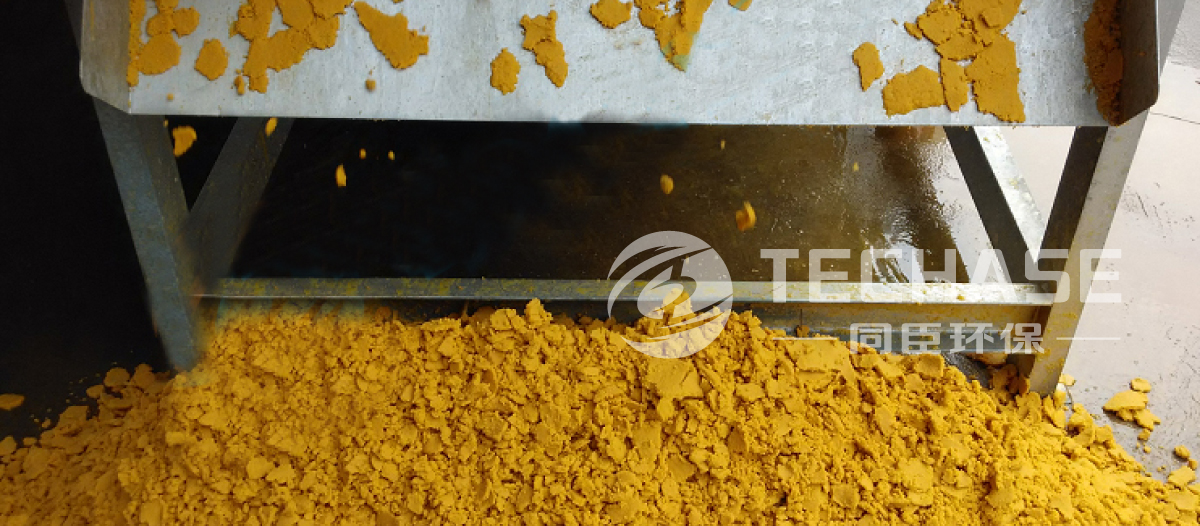Huangguan Canned Food WWTP is subordinate to the first cannery in huangyan, Zhejiang province. It mainly deals with waste water produced during the processing of canned fruit juices and canned fish. The annual output of wastewater from the canned fish of this factory is stable at 1000 tons/day. The amount of wastewater produced by canned fruit juices from November of that year to January of the next year can go up to the highest value, which is 3500~4000 tons/day. Among the common cans used in the fruit and vegetable processing industry, the orange canned has the highest water consumption, which causes a greater load on the whole wastewater treatment system. So dehydration will be difficult.

The requirement of the project is that the COD of effluent can be stable below 300mg/L, and the peak value can’t exceed 500mg/L, and the excess sludge can’t drop a lot of water when shipped out. However, the existing treatment capacity of the wastewater plant has been unable to meet the needs of the production scale. A large amount of pectin and fish glue are separated out from the wastewater, forming a large area of scum on the tank surface, which seriously affects the wastewater treatment process. The adhesive pectin of the original belt machine is easy to block the press cloth when the colloid is dehydrated. The backwashing water consumption of the belt machine is huge. Because the colloid has not been dehydrated, the leakage phenomenon is serious when the vehicle is transported. It's very tricky of these issues.
After knowing about the project, according to the particularity of the project, we added an air flotation equipment in the hydrolysis tank to separate the colloid out of wastewater in advance, so as to avoid the influence of colloid precipitation in the back-end process. A large amount of soluble COD can enter into the sludge dewatering system in the form of scum in advance through polymer dosing air floatation, which reduces the back-end biochemical process load. Our multi plate screw press replaced the original belt machine, which can deal with the remaining sludge produced by biochemical process and the scum produced by air floatation. The dehydrated mixture can be directly loaded onto a truck and shipped out. The mixture leaked little after loading. Through the improvement of technology and process, after the air flotation, there will still be a small amount of scum produced in the later stage of biochemical process, but the amount is very small, which can be cleaned by manual patrol. The yield of the dehydrated mixture was about 35~40 tons/day. The mixture was characterized by orange soft micelle. Since a large amount of soluble COD enters the sludge treatment system in the form of colloids, the COD of final effluent from wastewater plant can be stabilized at less than 500mg/L.

 扫一扫咨询微信客服
扫一扫咨询微信客服